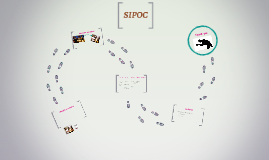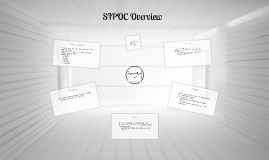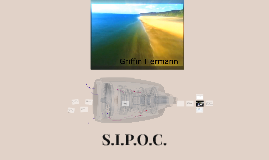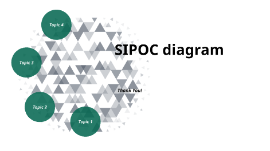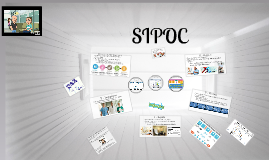SIPOC Overview
Transcript: What is a SIPOC I-Inputs Series of steps (or defined sequence of activities) where an input is converted to output 5-8 high (macro) level steps Beginning step should match trigger in Reason for Action (Box 1) Ending step should match End Point in Reason for Action (Box 1) Person or organization that provides input(s) to the process Examples: referring physician, registrar, RN Example Resource that is added to the process by a supplier Material, service and/or information used by the process to produce the outputs Examples: Sick patient, available patient room, WOWs, MD order SIPOC Overview S-Suppliers Resource that is result of process Products, services and/or information that are valuable to customer Examples: Patient registered, Bed & Nurse assignment, patient discharged, patient cured O-Outputs Person/organization that receives products or services Users of the outputs Examples: Patient, MD, RN, patient family, hospital C-Customer Tool used by a team to ID all relevant elements of process before work begins high-level picture of process that depicts how current process is servicing customer SIPOC stands for: S-Suppliers I-Inputs P-Process O-Outputs C-Customers P-Process






